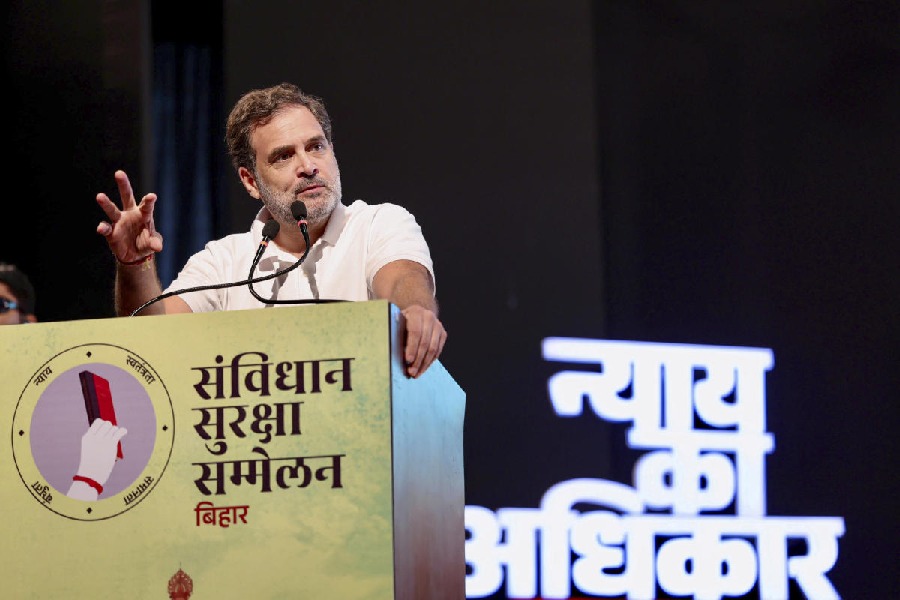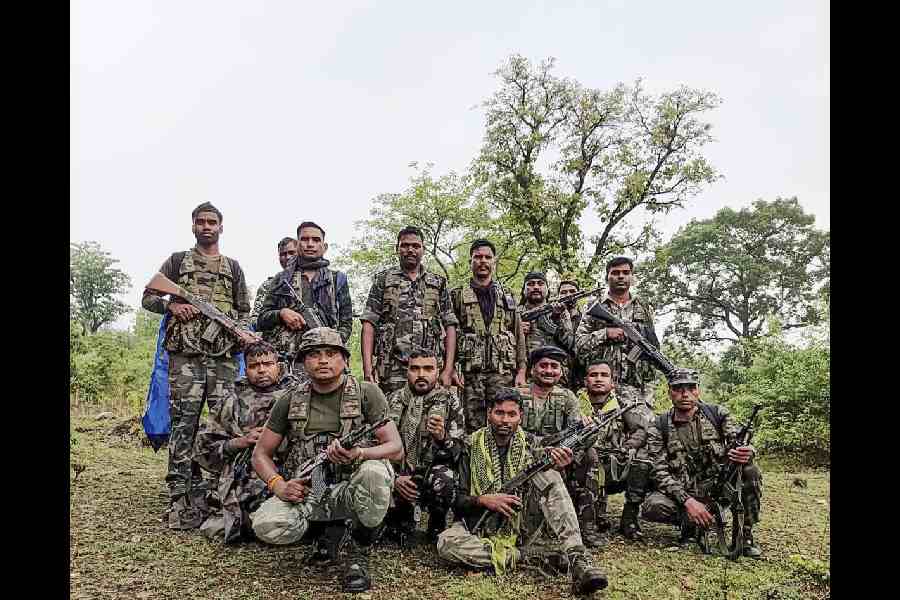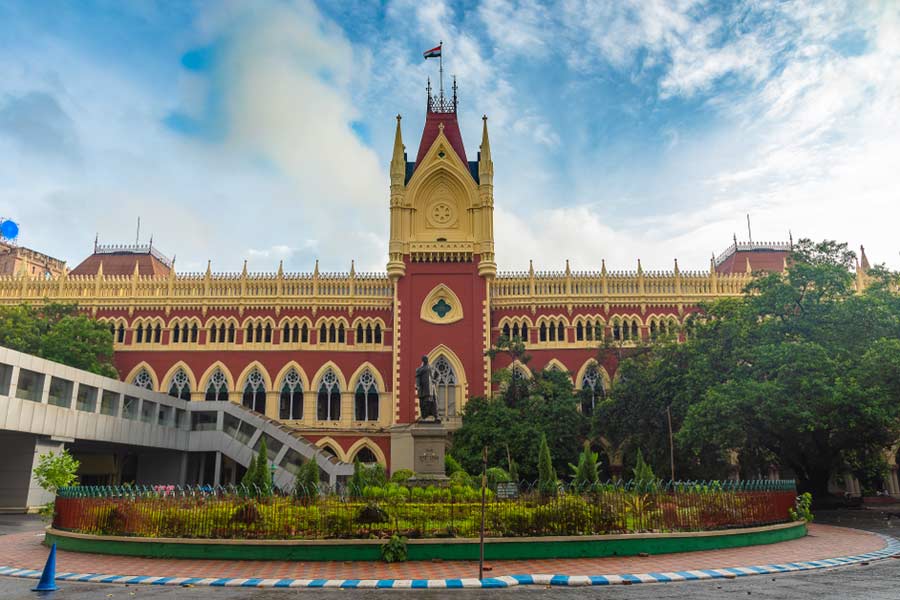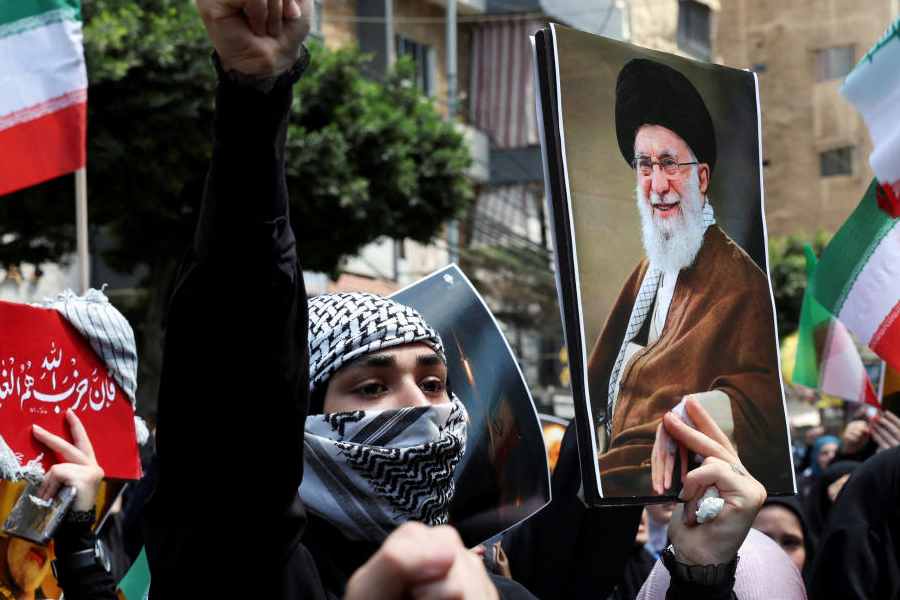 |
| JD(U) workers collect signatures of citizens supporting the state government’s demand for granting of special status to Bihar, in Patna. Telegraph picture |
A few weeks ago, The Telegraph organised a debate in Patna on ‘In its centenary year, Bihar needs a strong regional identity for a strong national identity’. The debate, organised in one of the posh hotels of the city, was attended by the intelligentsia of the town. After the impassioned deliberations from both sides, when the house voted, the motion got defeated. Even though such debates are ‘fun’ and not to be taken seriously, from either the point of view of historical records or academic benchmarking, the voting pattern does reveal the inherent mental construct of the intelligentsia in this peripheral town of Patna. Even after the substantial resurrection of the state during the last couple of years and a cultural cohesion of the province witnessed for the first time in the last one century, the sub-national identity is still transient amongst the Biharee ‘Bhadralok’. The national identity has still more appeal and glamour than sub-national one. The Telegraph debate unintendedly revealed this psyche in a decisive manner.
It was a matter of great historical significance that The Telegraph debate was organised in the backdrop of formal celebration of Bihar’s separation from Bengal on March 22, 1912. Never since the formation of the state has there been such a wide provincial consensus over issues which affect the interest of the state. The three issues which presently unite the broadest spectrum of Bihar society are — special category status for the state; mammoth initiatives for state building and finally, the absence of coal linkages for the power plants. The flicker of consensus building was observed earlier also, first on the question of the lopsided procurement policy of the central government, second on the location of a zonal railways office in Hajipur and third on the memorandum to the Finance Commissions. On all these issues, there has been an unprecedented upsurge in the state and even the most virulent political opponents had joined hands on these questions in the interest of the state. Except during the time of separation of Bihar from the Bengal Presidency in the early part of the 20th century, there has never been a state-centric movement, cutting across caste and class divide.
Even the movement for a separate state of Bihar had a limited social base. This resulted in lack of ownership of this provincial identity by a substantial section and thus the concomitant regional sub-nationalism was extremely weak, if not totally absent. With caste remaining an important social anchor and the premier reference of individual identity, an average Biharee has two identities — the first related to caste and the second to nation, a sub-national identity having no place. So it was no accident that earlier many important public functionaries and civil servants from the state loathed to be identified with Bihar and they were more pro-active in Bihar bashing. They often acted as fetters for any development of the state, rather than facilitating it.
Bihar has displayed that either in the realm of empowerment or in the social consciousness, it is not burdened by its low literacy rate. Unlike in many other states of the Hindi heartland, contemptuously referred as BIMARU states, the society and the polity in Bihar have always been vibrant and in fact in tremor. It can be said figuratively that a ‘million mutinies’ are taking place in Bihar at any point of time. These ‘mutinies’ range from micro to mega struggles. And this phenomenon has historical antecedent. Apart from the stellar role of Bihar in the Independence struggle, there have been several movements which had strong impact on local politics and society. Unfortunately, some of the mega-class movements like that of the Kisan Sabha against the intermediaries (zamindars), or social stirring by the Triveni Sangh (involving the Koeri, Kurmi and Yadavas) could not expand their agenda beyond their immediate goal. However, they left a powerful imprint on the political and social firmament of the state. Their ideological progenies, the communist and the socialist movements, were most powerful in Bihar in comparison to any other Hindi heartland state. Thus the intertwined political and social agenda could not transcend into a multi class/ caste sub-national agenda of Bihar. In contrast, there have always been two levels of nationalism in many other parts of India. One is regional nationalism (also referred as sub-nationalism) and other is all-India nationalism. These two identities are not in contradiction. In fact, during the freedom struggle, these two identities had complemented each other. One could afford to be a Tamil, Marathi, Gujarati, Bengali etc. as well as a very nationalist Indian. It is no accident that two songs of Rabindranath Tagore, one meant for Indian nationalism (Jana Gana Mana Adhinayaka Jayahe) and the other for Bengali sub-nationalism (Amar Sonar Bangla, Ami Tomay Bhalobasi), became the national anthem of two countries, indicating the concurrent commitment to two separate (but not incompatible) identities. In most of the southern and western states in India, the ultimate home of any social movement was sub-nationalism. For example, the anti-Brahmin movement in Tamil Nadu had got converted into an agenda for sub-national identity. The sub-national identity had emerged only after the consolidation of the social movement. This helped in building bridges with those social sections who felt marginalised (mainly the upper castes) earlier, due to the plebian character of the social movement. This strategic policy leap from ‘anti-Brahminism’ to ‘sub-nationalism’ had later triggered economic and industrial development in those states. So it was no accident that in Tamil Nadu, entrepreneurs both from the social apex (like Brahmins) as well as from the margin (like Nadars, the toddy tappers) could build powerful industrial empires in the state. This phenomenon was repeated in other southern and western Indian states. The reverberation of economic consolidation of these states could be felt at the national level with the political and economic centre of gravity shifting to the south and western India. The freight equalization policy was one of the consequences of their economic and political hegemony, bringing havoc to the mineral rich eastern states of the county, including the then undivided Bihar.
Even in the realm of culture, elements of Biharee identity are underplayed. In spite of our rich folk/classical culture, our local artists are not given pride of place. In other cultural regions/states, dance items like Bharatnatyam and Kuchipudi, or songs like Rabindrasangeet enjoy a pre-eminent position. On the contrary, in Bihar, the native songs like chaita, holi or bidesia, ghato, birha, kajari, irni/birni, pachra, ropnigeet, sohar, jhumar, jatsari, aalah, nirgun, samdaun or dance forms like jat jatin, bamar nach or jharni, jhijhia, natua nach, bidapad nach, sohrai nach, gond nach never got pride of place. Bihar is possibly one of the few states with a rich subaltern culture. In the realm of dance, there are several of them. One can be kept spellbound by their aesthetic content like dhobi nach, jhumarnach, manjhi, gondnach, jitiyanach, more morni, dom-domin, bhuiababa, rah baba, kathghorwa nach. Subaltern tradition with ethnic identity is not only alive in the action packed dances, but can be found in the melodious songs as well with folk aesthetic grammar. No cultural or religious function is complete in most social groups without the melody of shivnarayani, harpauri, birha, lorikayan. Even in the realm of theatre (Reshma-Chuharmal, Bihula-Bisahari, Bahura-Gorin, Raja Salhesh, Sama Chakeva, Dom Kach) and musical instruments (More Baza, Dhol Tasha, Pach Bazna, Daphla Bansuri) subaltern culture has rich tradition. If our folk tradition could be properly packaged for a national-international audience, then Bihar’s sub-national identity at the grass-root could have got a different meaning. The only exception to this trend is the Chhath festival in Bihar that has emerged as a sub-national festival of the state. If Chhath could be the cultural convergence point for the broadest possible caste and class coalition, there is no reason why it cannot transcend into other areas also. In Bengal, Rabindranath Tagore, Jamini Roy, Girish Chandra Ghosh etc. resurrected the folk culture in the realm of songs, music, poetry, art and theatre and gave a new identity to Bengali sub-nationalism. Dravidian anti-Brahmin movement appropriated the folk tradition and thrust modern identity to the regional movement in the entire South and a similar phenomenon is also visible in Western India.
Bihar has witnessed historic changes in the recent period. The emergence of new social forces in Bihar because of electoral empowerment is practically unprecedented. Nowhere in the country could this segment be imagined to be at the political helm of power. Earlier, the Mungerilal Commission, Mandal Commission and later positive discrimination in Panchayats have all democratised society and gave social identity to the marginalized sections. Now Bihar is transcending from ‘social identity’ to ‘regional identity’. One could build a social coalition with all categories on regional questions. For an effective regional coalition, multi-caste and multi-class cohesion is a necessary precondition. South and Western India have shown the way of social and regional engineering. The critical question is — to what extent has Bihar been able to subsume the social and regional identity aspirations with the developmental agenda? It is almost certain that the regional political consensus, being currently witnessed in the state, is being used as a catalytic agent for triggering its development. For galvanizing the state, politics is the best conduit. In that case, the regional consensus will give muscle to the politics in bringing about substantive development. Thus the outcome of The Telegraph debate may be an aberration; Bihar in any case will construct a ‘strong regional identity for a strong national identity’.











